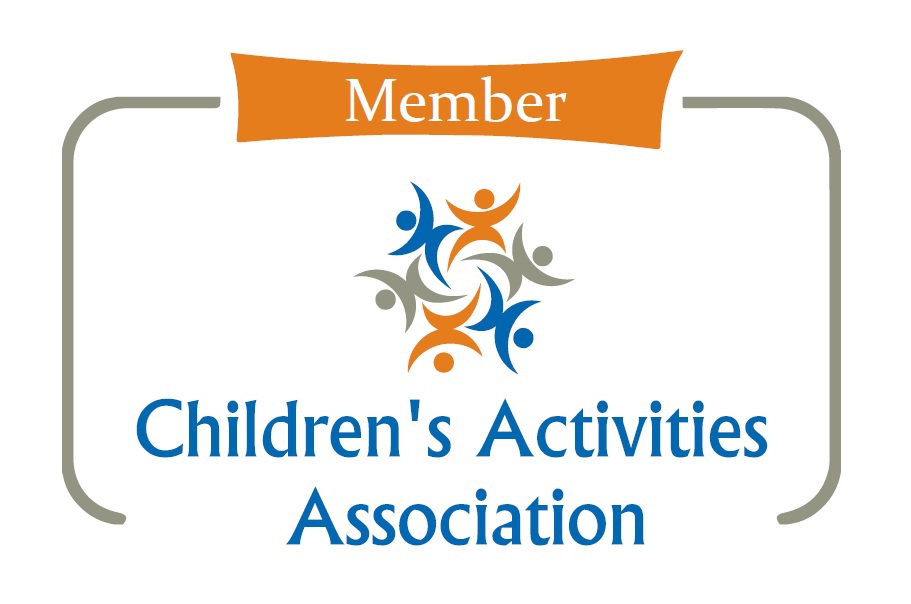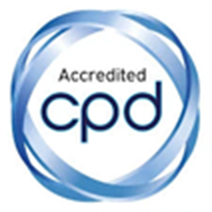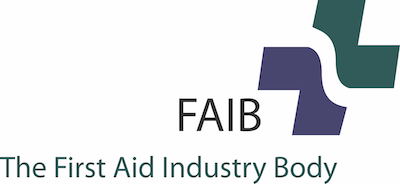I’m embarrassed to say I had no idea that strokes can affect children as well as adults – in fact, more than 400 children are diagnosed with strokes every year in the UK. It’s a relatively small number compared to the 100,000 sufferers of adult stroke in the UK each year, but it’s really important to recognise stroke can happen at any age. May is Stroke Awareness month, so it’s a great time to understand why strokes happen, what are the signs of stroke and find out how we can prevent them from happening.
What
is a stroke?
A stroke happens when the blood supply to part of the brain is cut off, killing brain cells. This can then affect how the body works, as well as changing the way that we think and feel. There are 3 different kinds of stroke:
· An ischaemic stroke is caused by a blockage cutting off blood supply to the brain, and is the most common type of stroke
· A haemorrhagic stroke is caused by bleeding in or around the brain
· A transient ischaemic attack is also known as a mini stroke, because the symptoms only last for a short amount of time – from a few minutes to a few hours
It’s important to know that any type of stroke is classed as a medical emergency, and you should ring 999.
What causes stroke and what are the risk factors I need to be aware of?
A stroke can happen to anyone – one in four strokes in the UK happen in people of working age. But there are some factors that increase your risk. These are:
Age – as we get older our arteries become narrower and harder – this makes them more likely to be blocked, cutting blood flow to the brain
High blood pressure – this plays a part in half of all strokes. It can cause blood clots and make stroke due to bleeding in the brain more likely.
Diabetes and high cholesterol can make your arteries more prone to getting clogged up.
Family history – your risk is higher if a close family member (parent, grandparent, brother or sister) has had a stroke. Speak to your GP if this is the case
Ethnicity – strokes are more common in black or South Asian families.
Specific risk factors for women – pregnancy and using the combined contraceptive pill are classed as risk factors for stroke.
Symptoms of stroke – what is FAST?
The main symptoms of stroke can be remembered with the word FAST:
· Facial weakness: can the person smile? Has their mouth or eye drooped?
· Arm weakness: can the person raise both arms?
· Speech problems: can the person speak clearly and understand what you say?
· Time to call 999 if you see any of the above signs
Acting FAST will give the person having a stroke the best chance of survival and recovery – make sure you call 999 straight away if you notice any of the above signs.

Other
symptoms of stroke which also require immediate medical attention are:
· Sudden weakness or numbness on one side of the body, including legs, hands or feet
· Sudden blurred vision or loss of sight in one or both eyes
· Sudden memory loss or confusion, dizziness or a sudden fall
· A sudden, severe headache
If you spot any of these signs of a stroke, don’t wait. Call 999 straight away.
Are the symptoms of stroke different in children?
The FAST test is your go to as a quick assessment, as well as the other symptoms listed above.
HOWEVER children and young people may also have other symptoms including:
· Seizures (fits) – in babies up to 28 days old, seizures are a common symptom of stroke
· New or sudden vertigo or dizziness, neck pain or stiffness
· Nausea and/or vomiting
· Fever
· Loss of consciousness
· Changes in sensation, like pins and needles in arms or legs
Act FAST and call 999 if you spot these signs of childhood stroke.
How do you test for childhood and adult stroke?
An MRI or CT brain scan can be used to show the affected area of the brain, and the blood vessels in the brain. This is the main tool by which strokes are diagnosed, whatever your age.
An echocardiogram uses ultrasound to look at the heart and surrounding blood vessels, and may also be used in stroke diagnosis in children, whilst an electrocardiogram (ECG) can show if an irregular heartbeat might have been a contributing factor for stroke.
Other tests might include tests for high blood pressure, high cholesterol and you may also need a blood sugar test.
What is life like after a stroke? How can I support my loved one?
Strokes can affect people physically, emotionally and behaviourally.
Common physical impacts
· Muscle weakness can cause difficulties with walking or holding things
· Aphasia is a language and communication disorder which can affect a person’s ability to understand speech, speak, write and use numbers
· Foot drop means your toes catch on the ground when stepping forward, which can lead to a greater chance of having a fall
· Fatigue / tiredness that doesn’t get better with rest is a common after effect of stroke. Simple physical activities such as holding cutlery to eat a meal can be really draining at first
· Changes in sensation such as skin numbness and a lack of sensitivity to temperature
Common emotional changes
· It’s really common to feel anxious after a stroke – in fact a quarter of people will suffer anxiety following a stroke. Symptoms include feeling restless and on edge, difficulty concentrating and a racing heartbeat
· Panic attacks can be the result of a sudden build up in anxiety symptoms. Unfortunately a panic attack can be confused with a heart attack or stroke, so if you suddenly experience symptoms the advice is to call 999
· Anger after a stroke can be linked to feelings of grief, loss and frustration, but can also be linked to changes in the brain which make it hard to control emotions
Common behavioural changes
· A lack of motivation – this can be a sign of cognitive problems following stroke, or of depression which may be triggered by the frustrating physical effects of stroke and the change to your lifestyle
· Anger and aggression which may be completely out of character with behaviour exhibited pre-stroke
· Inappropriate behaviour such as an inability to read social situations or a loss of inhibitions
The important thing to note is that there are lots of treatment and therapies that can help following a stroke. Talk to your stroke nurse or GP to get the best advice for your recovery.
At Mini First Aid we’ve recently launched our 2 hour First Aid Awareness Class for Adults which covers stroke as well as heart attack, CPR and using an AED. This course is for adults who don’t need a first aid qualification for work, but want to learn the essential skills needed to save the life of a family member or friend, or to give first aid if they are first on the scene in a medical emergency. You can book this class here.
Here is Mini First Aid founder Kate teaching Dragons' Den's Sara Davies how to save a life!
We hope to see you at a First Aid Awareness Class for Adults very soon! All the best, Charlotte x
Sources: NHS UK, The Stroke Association
Don't let wasps ruin your summer!
It's National BBQ Week next week (if the sun gets the memo!), a wasp's dream! But we've got the perfect antidote - WASuP! This brilliant organic bite and sting relief is a portable device that you can whip out in a moment to soothe a nasty sting. WASuP also works on midge and horsefly bites, helping take that awful burning itch away, so is ideal for the British summer. Make sure you are stocked up and ready for BBQ season!








